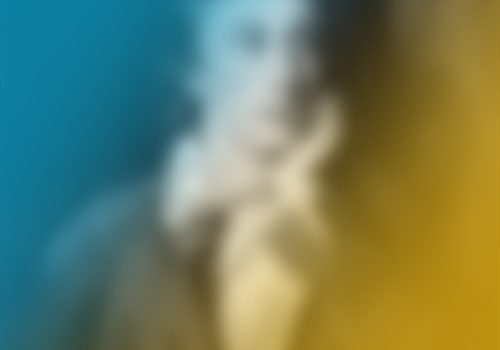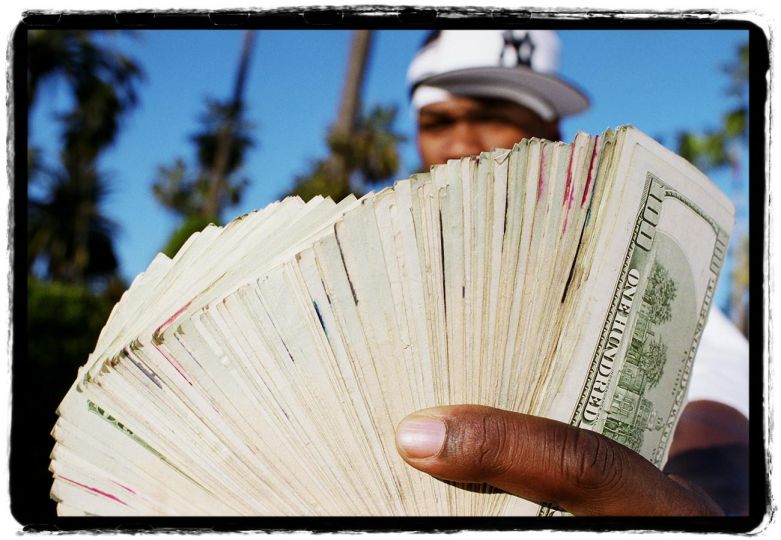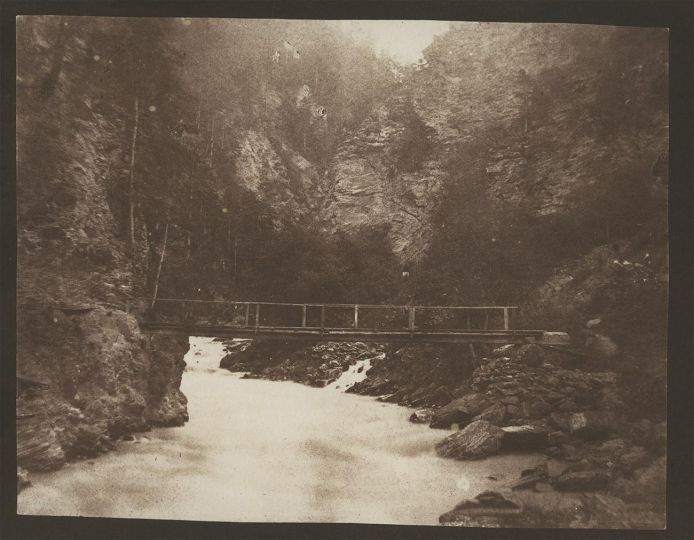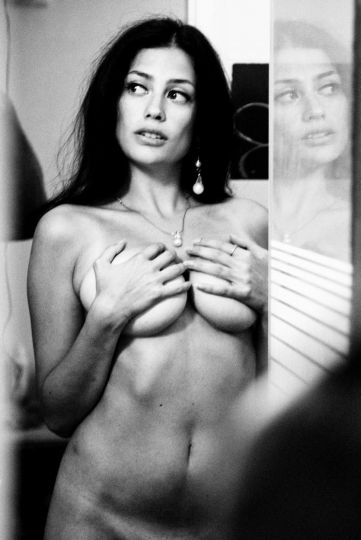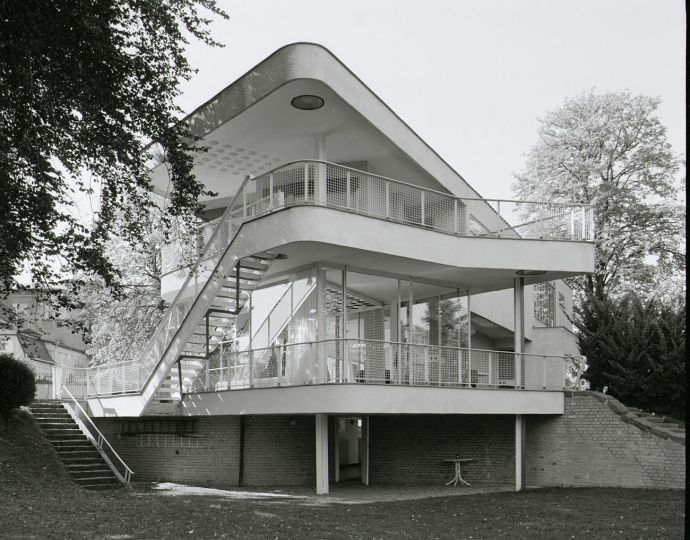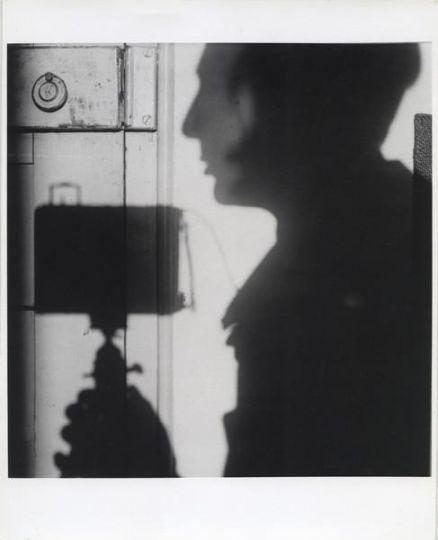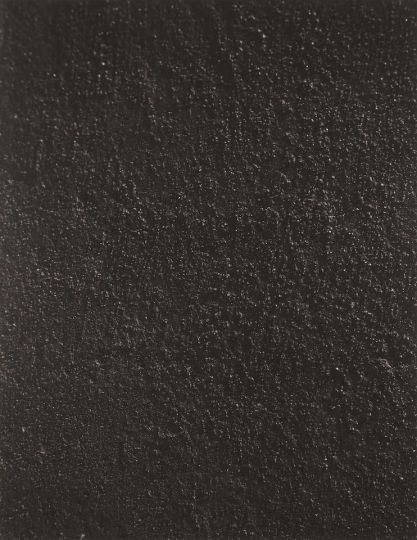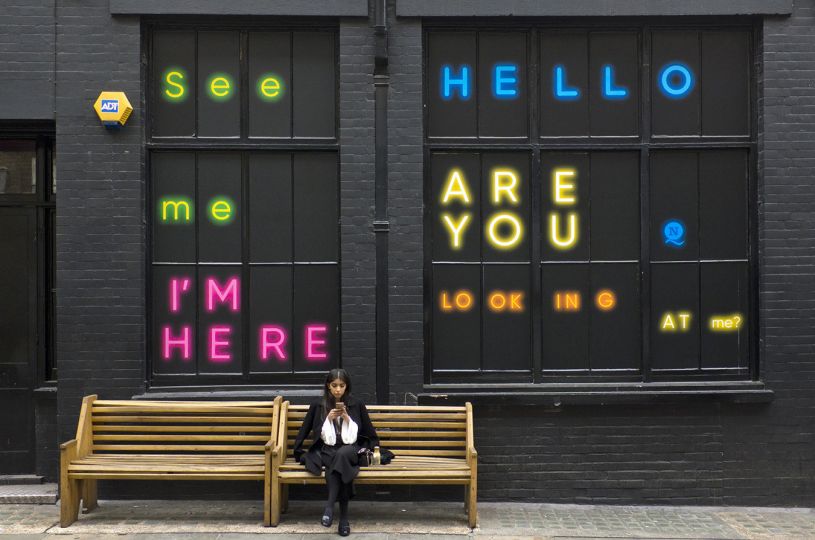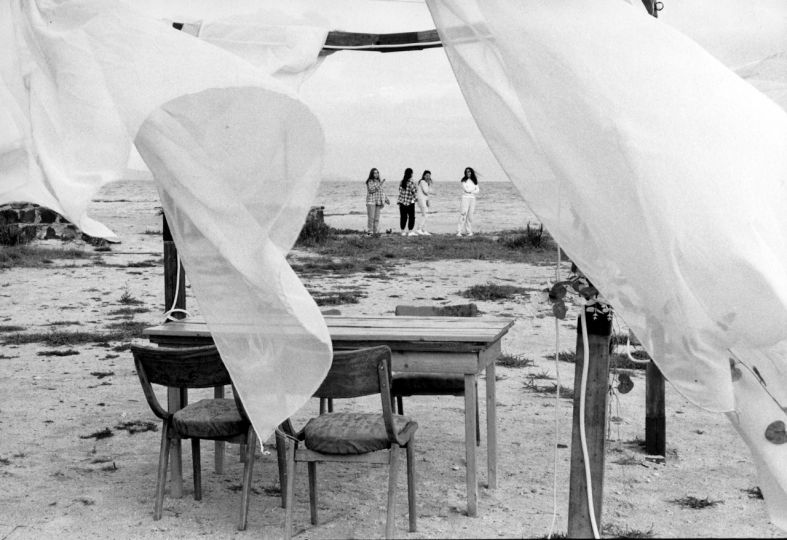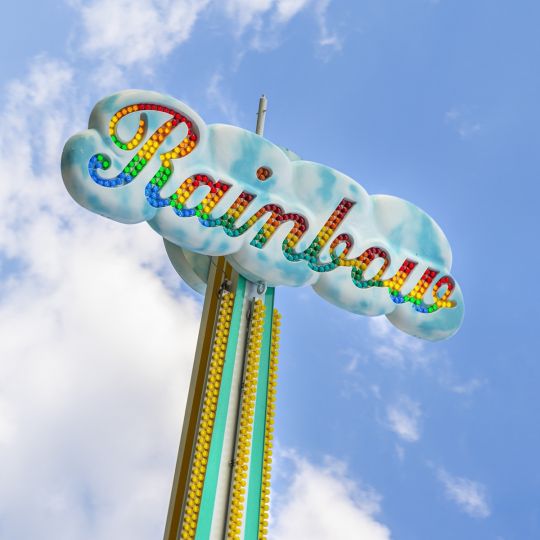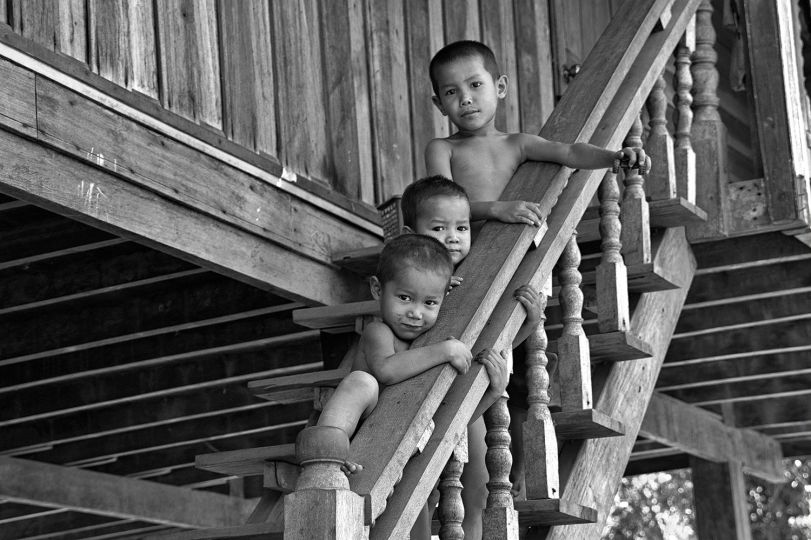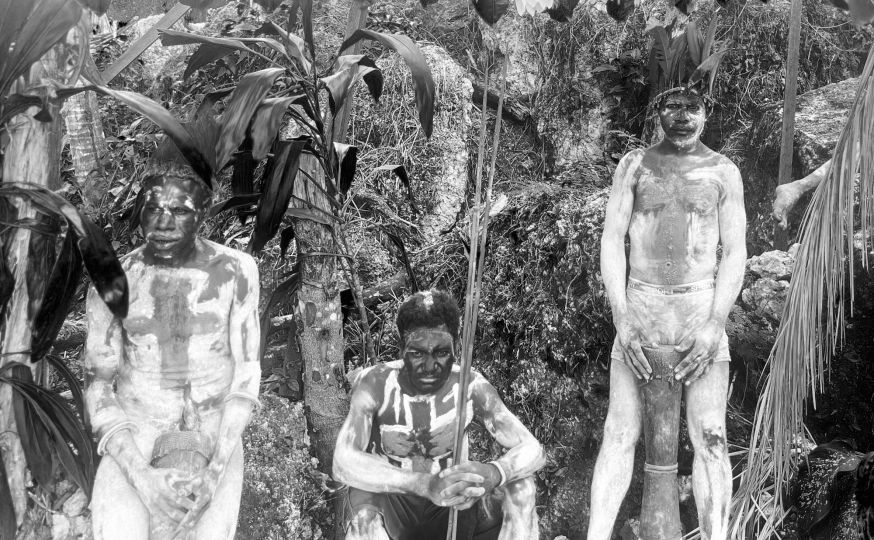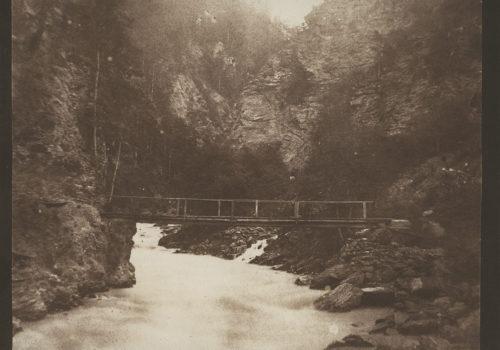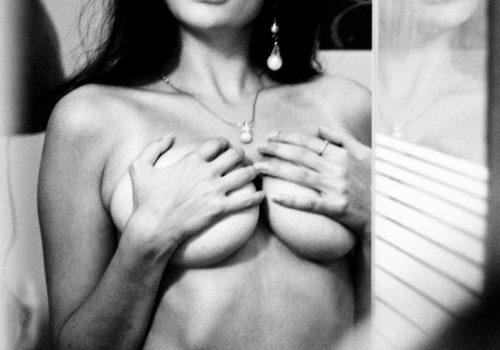Bill Armstrong sent us his latest project. Quarantine : Portraits of Artists and Writers is a month’s worth of portraits of artists and writers made in his signature style with quotes about their experience in quarantine, isolation or with the plague. Thoroughly researched, this is a series for our times. Here are 20 of the 31 portraits of the series.
Portrait of John Keats
Quarantined from Typhus on a boat in the bay of Naples, Keats wrote that he “traveled in the realm of gold,” referring to the gilt-edged color of books. Maybe it’s a good time to dust off the old volumes on the bookshelf, gilt or not.
Portrait of Albert Camus
“I have no idea what’s awaiting me, or what will happen when this all ends. For the moment I know this: there are sick people and they need curing.” – The Plague
Portrait of Giovanni Boccaccio
“A deadly pestilence, which several years earlier had originated in the Orient, where it destroyed countless lives, scarcely resting in one place before it moved to the next, and turning westward its strength grew monstrously.” – From the introduction to the Decameron, approx. 1353
Portrait of Isaac Newton
“In those days I was in the prime of my age for invention and minded Mathematics & Philosophy more than at any time since.”
In 1665, at age 23, Newton was quarantined at home having left his studies at Cambridge to avoid the Bubonic Plague. It was in this year of isolation that he did some of his most important work, conducting his experiments with a prism and forming his theory of gravity.
Portrait of Eldridge Cleaver
“In prison, those things withheld from and denied to the prisoner become precisely what he wants most of all.” – Soul on Ice
Portrait of Shakespeare
“The searchers of the town,
Suspecting that we both were in a house
Where the infectious pestilence did reign,
Sealed up the doors and would not let us forth.
So that my speed to Mantua there was stayed.”
Romeo and Juliet
So said Friar John when the quarantine prevented him from delivering the letter to Romeo saying Juliet’s death was faked. The result was catastrophic.
Portrait of Frida Kahlo
After a serious bus accident, Kahlo, bedridden, lonely and isolated for months, took up painting.
“I paint self-portraits because I am so often alone, because I am the person I know best.” – Frida Kahlo
Portrait of Mark Twain
“She has been here several days and will remain several more. We that came by rail from Rome have escaped this misfortune. Of course, no one is allowed to go on board the ship, or come ashore from her. She is a prison, now. The passengers probably spend the long, blazing days looking out from under the awnings at Vesuvius and the beautiful city—and in swearing.” – The Innocents Abroad
Cholera eventually caught up to Twain outside Damascus, although it only affected him for a few days.
Portrait of Egon Schiele
“Dear Mother Schiele,
Edith fell ill with the Spanish flu eight days ago yesterday and is now also suffering from pneumonia. She is 6 months pregnant. The illness is exceptionally severe and critical; I am preparing myself for the worst.”
His wife and unborn child died on October 28, 1918. Egon Schiele died three days later.
Portrait of Stephen King
A single line he heard in a radio broadcast of a sermon when he was living in Colorado, “Once in every generation the plague will fall among them” made such an impression on King that he wrote it down and pinned it over his typewriter… two years and 1200 pages later, The Stand!
From Eric Van Rheenen, Mental Floss blog
Portrait of Alexander Solzhenitsyn
“You should rejoice that you’re in prison. Here you have time to think about your soul.” – One Day in the Life of Ivan Denisovich
Portrait of Thucydides
“Yet it was with those who had recovered from the disease that the sick and the dying found most compassion. These knew what it was from experience, and had now no fear for themselves; for the same man was never attacked twice— never at least fatally.” – History of the Peloponnesian War
Portrait of Anne Frank
“I have often been downcast but never in despair; I regard our hiding as a dangerous adventure, romantic and interesting at the same time. In my diary, I treat all the privations as amusing.” – The Diary of Anne Frank
Portrait of Gandhi
“Sjt. Madanjit sent a pencil-note to me to the following effect: ‘There has been a sudden outbreak of the black plague. You must come immediately and take prompt measures, otherwise we must be prepared for dire consequences. Please come immediately.’
Sjt. Madanjit bravely broke open the lock of a vacant house, and put all the patients there. I cycled to the location…It is my faith, based on experience, that if one’s heart is pure, calamity brings in its train men and measures to fight it… It was a terrible night – that night of vigil and nursing… So far as I can recollect, we pulled all the patients through that night.” – Gandhi: An Autobiography
Portrait of Ernest Hemingway
In the summer of 1926, when Hemingway’s son, Bumby, had the highly contagious whooping cough, Hemingway ended up quarantined in a two-bedroom cottage in Cap D’Antibes (actually rented by F. Scott Fitzgerald) with Bumby, the nanny, his wife, Hadley, and his lover, Pauline Pfeiffer. A bizarre and crowded household to say the least—might require a lot of rum.
Portrait of F. Scott Fitzgerald
“At this time, it seems very poignant to avoid all public spaces. Even the bars, as I told Hemingway, but to that he punched me in the stomach, to which I asked if he had washed his hands. He hadn’t. He is much the denier, that one. Why, he considers the virus to be just influenza. I’m curious of his sources.
The officials have alerted us to ensure we have a month’s worth of necessities. Zelda and I have stocked up on red wine, whiskey, rum, vermouth, absinthe, white wine, sherry, gin, and lord, if we need it, brandy. Please pray for us.”
This is supposedly from a letter written by F. Scott Fitzgerald when he was quarantined during the Spanish Flu, but actually it was written by Nick Farriella, for the humor website McSweeney’s. It went viral and many believed it was real.
Portrait of Mary Shelley
In Mary Shelley’s The Last Man, when a pandemic spreads across the world, Shelley’s protagonist returns home “as the storm-driven bird does [to] the nest in which it may fold its wings in tranquility.”
Portrait of Jacopo Tintoretto
Tintoretto’s Saint Roch Heals Plague Victims from 1549 shows those suffering from plague brought to a small chapel, where this Venetian saint is healing them. The dark room is already collecting a disarray of bodies, some seemingly close to death. Without the miraculous work of the saint, this would quickly have become the waiting room for hell.
Howard Oakley, The Electric Light Company blog
Portrait of Johann David Wyss
“If it be the will of God,” said my wife, “to leave us alone on this solitary place, let us be content; and rejoice that we are all together in safety.” – Swiss Family Robinson
Portrait of Janet Frame
“I have discovered that my freedom is within me, and nothing can destroy it.”
Janet Frame, an acclaimed New Zealand writer, spent many years isolated in a mental hospital. She was a patient when her first book, The Lagoon and Other Stories, was published. It was awarded the Hubert Church Memorial Award, one of New Zealand’s most prestigious literary prizes.
Bill Armstrong is a New York based fine art photographer who is represented by ClampArt in New York and Hackelbury in London as well as numerous other galleries across the U.S and in Europe.
www.billarmstrongphotography.com

